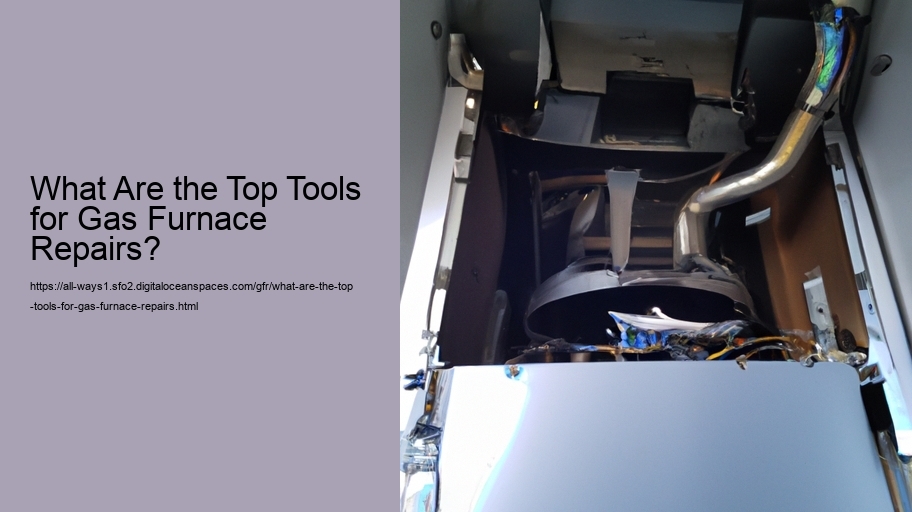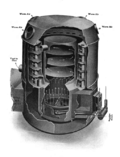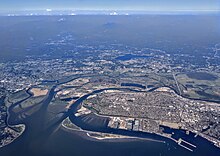What Are the Top Tools for Gas Furnace Repairs? - duct cleaning
- combustion analysis
- ignition system repair
One of the most fundamental tools for furnace repairs is a set of screwdrivers with various head types.
What Are the Top Tools for Gas Furnace Repairs? - duct cleaning
- energy efficiency audit
- condensate drain cleaning
An adjustable wrench is another must-have tool. It enables you to adjust nuts and bolts of different sizes with ease — particularly useful when working on connections related to the gas supply line or removing parts within the furnace.
Next up are nut drivers and socket sets. These are particularly handy when dealing with smaller nuts and bolts that secure components like ignitors or flame sensors in place. duct cleaning Make sure your set has both standard (SAE) and metric measurements since furnaces can come with either specification.
Multimeters are indispensable in diagnosing electrical problems within the furnace circuitry.
What Are the Top Tools for Gas Furnace Repairs? - fan blade adjustment
- duct cleaning
- blower motor repair
For cleaning tasks such as removing soot buildup from burners or inspecting heat exchanger cells for cracks or corrosion—an assortment of brushes will be necessary. A wire brush can scrape away stubborn dirt while softer brushes allow for gentle cleaning on sensitive surfaces without causing damage.
A telescoping inspection mirror can be extremely helpful when trying to view hard-to-reach areas inside the furnace chamber where potential problems might lurk unseen by the naked eye from outside access points.
The manometer is another specialized tool used by technicians to measure gas pressure within the furnace system accurately. Proper gas pressure is critical for safe operation; too low could mean incomplete combustion whereas too high could pose risks of explosion.
Duct tape along with foil tape may seem mundane but never underestimate their usefulness in sealing ductwork after repairs or temporarily fixing minor leaks until proper replacements can be installed.
Lastly but importantly if your repair involves cutting into metal ductwork—you would need snips designed specifically for this purpose: left-cutting snips right-cutting snips and straight-cutting snips allow precise cuts depending on directionality needed without warping material edges excessively during cuttings process
In conclusion equipped with this array of tools professionals DIYers alike find themselves well prepared confront range challenges presented malfunctioning gas furnaces From ensuring safety conducting electrical tests adjusting mechanical parts these instruments collectively form core toolkit that no one aiming conduct thorough reliable repairs should be without Remember however complex nature some furnace issues always consult manual seek advice experienced technician if unsure how proceed safely effectively










